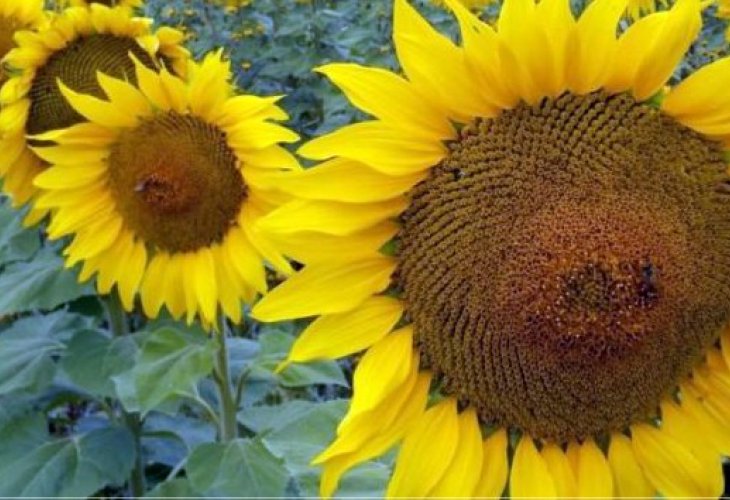News
Can Sunflowers Play the Trumpet? A Social Media Sensation
Can plants play the trumpet, communicate, and even 'feel' their surroundings? A backyard experiment by an unknown woman has taken social media by storm.

A video that surfaced on social media about a month ago has already garnered millions of views, and tens of thousands of likes and shares. In the video, a woman conducted an experiment in her backyard, using a professional microphone connected to her phone to capture the 'sound' of her sunflowers growing there.
It remains uncertain whether the video is genuine, but as of now, there is no evidence proving it false. In fact, research from the University of Western Australia suggests it might indeed be true.
Researchers in the study translated plant 'vibrations' into radio waves, a process similar to what the woman's device might have used to capture this intriguing experiment. "If it's real, the sound resembles the gentlest kind of trumpet," commented many viewers. In reality, this isn't the only study discussing such phenomena.
"Exposing the Plant to Sounds and Observing its Behavior"
Today, researchers worldwide admit that not only do plants communicate with one another, they also have emotions. The current research, published in the scientific journal Oecologia, explored how plant roots use their own sounds to locate water underground. The findings are indeed remarkable: researchers demonstrated that plant roots are 'sensitive' enough to accurately detect sound vibrations from flowing water, whether the water is in the ground or dripping through pipes above it.
This ability to detect sound helps plants navigate their roots closer to water sources, 'settling' in the area of the water source (and a life lesson for us to stay close to sources of living water, like Hashem).
Dr. Monica Gagliano, a leading researcher at the Center for Evolutionary Biology, argues, "It makes sense that plants are capable of this, if only due to the simple fact that they need water to grow." Gagliano conducted her own study using pea plants as a research model. "We placed the plant in a container with two tubes, allowing it to choose a 'direction' for its root growth. We then exposed the plant to various sounds, including flowing water noises, and observed its behavior."
"Scientists Know Plants Use Volatile Chemicals to Communicate"
The researcher's discoveries were most astounding. "Based on nothing but the sound of flowing water, the plant began to extend its roots towards the source of the 'heard' dripping water. Moreover, sometimes we ran the water flow for real, and other times we played recorded dripping sounds. It was surprising and unusual to see the plant could discern when the flowing water sound was a recording and when it was real. I can now say the plant doesn't like recorded sounds and can detect fakes," she stated.
Her fellow researchers, postdoctoral Professor Daniel Robert from the University of Bristol, UK, and Professor Stefano Mancuso from the University of Florence, Italy, managed to demonstrate that even 'young' plant roots can emit and respond to specific sounds. "Everyone knows plants respond to light, and scientists also know plants use volatile chemicals to communicate with one another, for instance, when herbivores approach and threaten their 'lives'," Gagliano said in an interview at the University of Western Australia, where the research was first presented. Based on her discovery, Gagliano also studied young corn roots and found they rely on sound sources emitted by water at a frequency of 220 hertz.
Nonetheless, much remains undiscovered, and all researchers agree in interviews that "the research has only left significant gaps in the current understanding of the sensory and communication complexities of these organisms," they concluded.
Watch the video that stirred the media:

